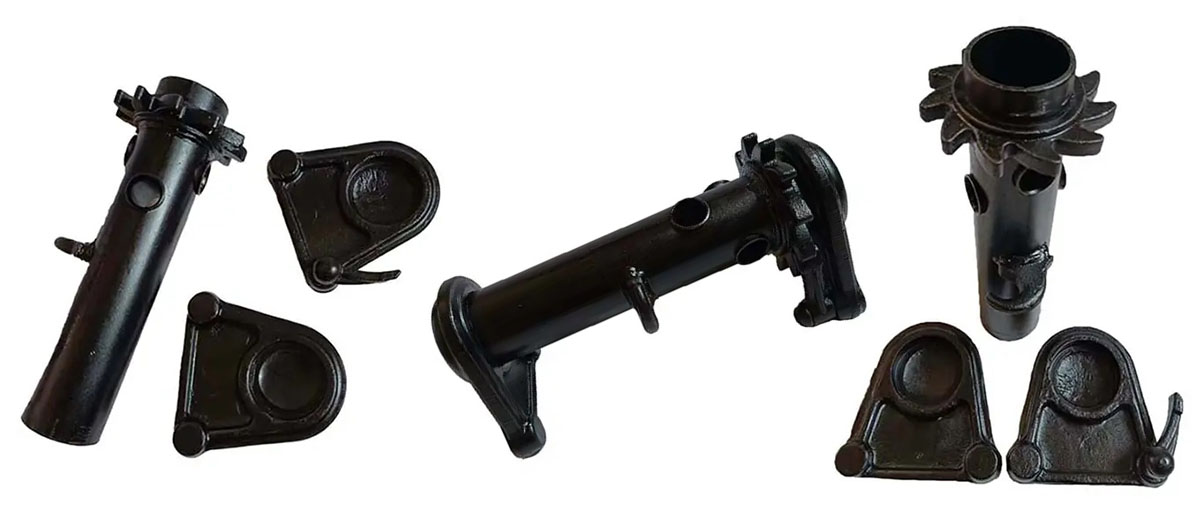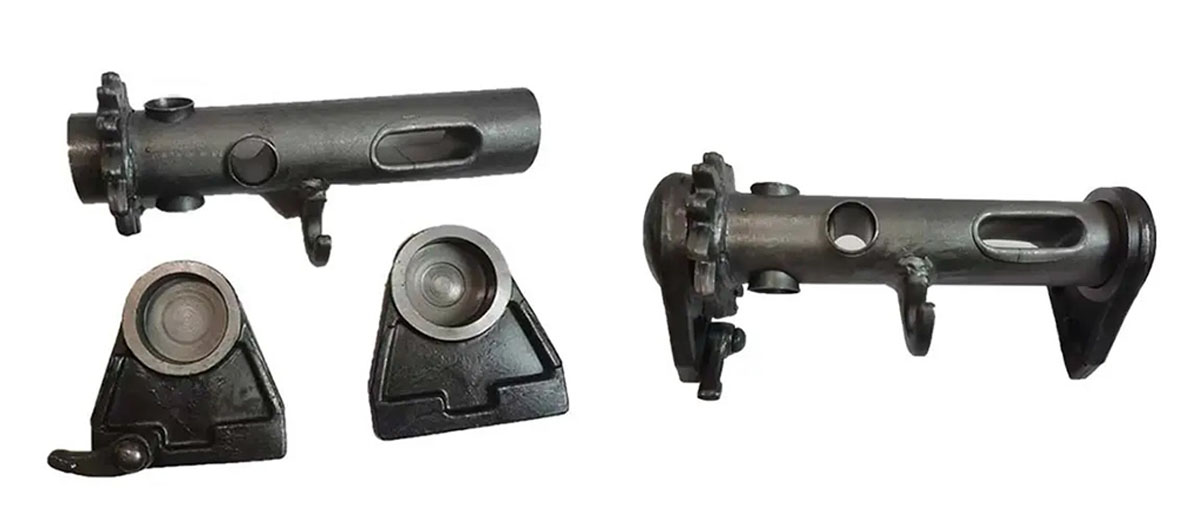Ductile iron, also known as nodular cast iron or spheroidal graphite iron, is a type of cast iron alloy that has improved ductility and toughness due to the presence of spherical graphite nodules. Ductile iron parts are commonly used in various applications across industries such as automotive, oil and gas, construction equipment, and agriculture machinery. Most of the truck chassis parts and suspension parts are ductile iron. It combines strength, durability, impact resistance, corrosion resistance and cost-effectiveness for accessory fabrication.
One of the main advantages of ductile iron parts is their high strength and durability. They are able to withstand heavy loads and harsh environments, making them ideal for use in applications that require high resistance to wear, corrosion, and impact.
Moreover, ductile iron parts offer good machinability and are relatively easy to cast, which makes them cost-effective compared to other materials such as steel or aluminum. They are also highly customizable, making it possible to create parts with complex shapes and designs.
Ductile iron parts have become a popular choice for applications where high strength, durability, and cost-effectiveness are required, especially in industries where heavy equipment and machinery are used.
The ductile iron process, also known as the nodular cast iron process or spheroidal graphite iron process, involves the addition of magnesium or other similar materials to molten cast iron. This creates nodules of graphite within the iron, which give it its distinctive properties.
The ductile iron process generally begins with the melting of the iron in a furnace, followed by the addition of a precise amount of magnesium. The magnesium reacts with the carbon in the iron, causing the formation of graphite nodules that are spherical in shape.
The molten iron is then poured into a mold and allowed to cool and solidify. Once the cast iron cools and solidifies, it is removed from the mold and undergoes a series of finishing processes to remove any excess material.
One of the key advantages of the ductile iron process is that it allows for the creation of complex shapes and designs. Additionally, ductile iron parts can be produced at a much lower cost than other materials such as steel, making this process a popular choice in a variety of industries.
Post time: Jun-27-2023







